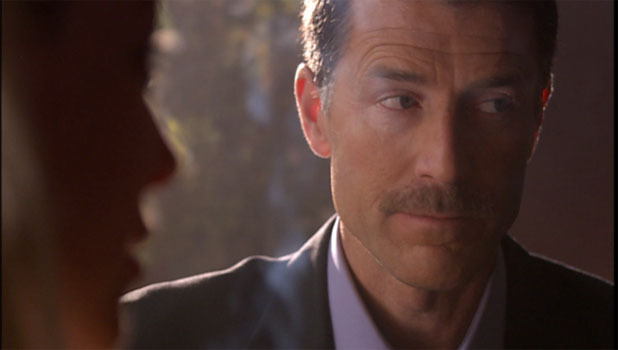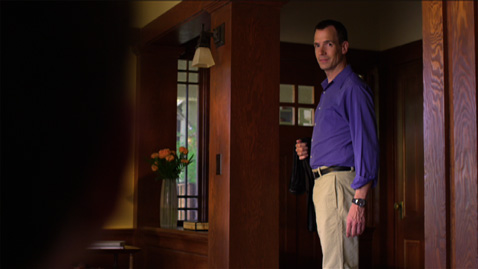 In what was essentially a combination of Scott Simmons’ #28daysofquicktips and my own AMA, I answered questions throughout the month of September last year on a daily basis. The PVC team wanted to rerun this series for our readers along with some new questions and answers, so stay tuned for a few entries at the end of the series which will take us past 28 days. Use the hashtag #28daysofinsights or email us at [email protected] if you want to help us build up some questions for a brand new series.
In what was essentially a combination of Scott Simmons’ #28daysofquicktips and my own AMA, I answered questions throughout the month of September last year on a daily basis. The PVC team wanted to rerun this series for our readers along with some new questions and answers, so stay tuned for a few entries at the end of the series which will take us past 28 days. Use the hashtag #28daysofinsights or email us at [email protected] if you want to help us build up some questions for a brand new series.
What can you do if the director insists that you have to light a scene before the actors come in, and standins are not available?
In features you usually have enough planned out to know generally what’s going on. In episodic TV you usually have enough crew to throw at problems as they arise. I shoot spots and corporate marketing projects: the crews are smaller and there are no stand-ins. And, often, there are no rehearsals.
The traditional rhythm has been “block/light/rehearse/shoot”: First you block the scene with the actors so everyone knows where to stand, and the second camera assistant marks everyone wherever they stop for any period of time. Then the stand-ins come in and the lighting/grip crew gets the set. Once the lighting is established there’s a camera rehearsal, then final tweaks and you shoot. On a large show this rhythm is the only way you can get anything done, and you do this all day long. It is, by far, the best way to work, as everyone can see what the shot is and has some time to react to it. As a DP, this is when I can find places to quickly put lights such that the shot looks the best it can.
You need to learn to move the camera, not the actor
If there’s no rehearsal, then you have to light for everything. Non-specific lighting tends to be a bit less striking compared to what you can do if you know exactly where the action will be. It also takes longer to light an entire set than to light a corner of it. Still, this happens an awful lot and we just have to learn to roll with it. There’s no one solution other than to study natural and artificial interior lighting and file away the things you like so you can pull them out in a hurry.
One of my tricks has become to bounce light off the floor. Bounce light off the ceiling is easy but has an obvious look to it, and it’s often a boring look. Light bounces off the ground all the time but we don’t always notice it’s there. It feels more “ambient” and less lit. When I have no good place to light from I’ll often bounce something off the floor, or push some “sunlight” through a window that bounces off the floor and lights a room. In the past, when I’ve had to light a bunch of actors having a discussion around a conference or dinner table, I’ve hung a light or two overhead and smacked them into the table surface where the light bounces off white papers or a tablecloth. That kind of illumination strikes everyone sitting at the table, drops off nicely if someone moves away from the table (which creates a sense of depth), and isn’t light coming from above as is the standard way of lighting such things.
One thing I do know: if the director walks through the action and says the actors will be here, here and here, I’ll take that with a grain of salt. Actors have their own ideas as to how they’ll play a scene.
Lighting simply for the RED
Art Adams | Director of Photography
See all 28 Days of Cinematography Insights
Have your own insight about what I’ve mentioned here? Feel free to comment below or send in a question by using the hashtag #28daysofinsights or emailing [email protected]

Filmtools
Filmmakers go-to destination for pre-production, production & post production equipment!
Shop Now












